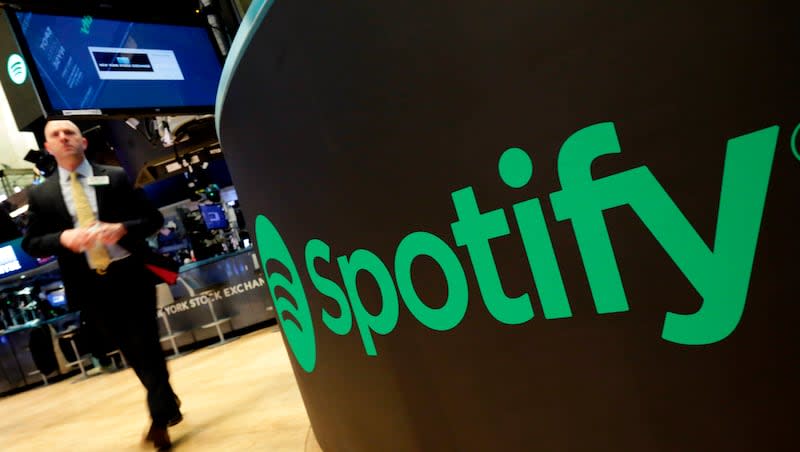How to make $1 million a year on Spotify

What does it take to earn $1 million a year in royalties from Spotify?
According to the streaming giant’s new 2023 Loud & Clear report, a general accounting of who got paid and how much over the past year, the road to earning a cool million requires moving a lot of units, so to speak. Spotify says as a “general rule of thumb” an artist needs to attract 4-5 million monthly users or 20-25 million monthly streams to hit the seven-figure income bracket on the platform.
Spotify reports it paid out over $9 billion in streaming royalties last year, a figure the company says is the highest annual payment to the music industry from any single retailer and a figure that’s tripled over the past six years.
For a platform that hosts over 100 million tracks from tens of millions of uploaders, busting the $1 million mark is rarified air when it comes to annual royalty payouts. Spotify reports only 1,250 artists hit or exceeded the benchmark last year. Notching $100,000 in royalties was achieved by 11,600 artists in 2023 and 66,000 music makers cashed royalty checks totaling $10,000 or more last year.
Spotify royalties
Spotify pays royalties out of a revenue pool comprising income it derives from selling advertising on the platform as well as cash it collects from premium subscription fees. Last fall, the company announced policy changes that raised the bar on who is eligible to earn royalties when their music, and other audio content, gets played by users. Spotify says tens of millions of the tracks in its catalogue were played between one and 1,000 times the previous year, generating an average of 3 cents per month in royalties. (While the company doesn’t share specific details about its royalty rates, the average per-play payout is reportedly between .003 and .005 dollars.)
Under the new policy, which took effect on Feb. 1, only tracks that have streamed a minimum of 1,000 times over the past 12 months are eligible for royalties. Money generated by the sub-1,000 streamers, which the company says amounts to payments that don’t even cover the cost of banking fees associated with distributing royalties, now stay in the pool for higher output artists.
“There are millions of people who’ve uploaded a song at least once but that doesn’t really speak to whether they’re an artist, or if they’re doing this more as a hobby,” Charlie Hellman, the vice president and global head of music product at Spotify, told The Associated Press.
In its Loud & Clear report, Spotify notes the new policy helps push income toward artists who aren’t hobbyists and actually working to earn a living from their content.
“Sure, more than 10 million uploaders have at least a single track on Spotify, but when it comes to building financial opportunities, we’re focused on those most dependent on streaming as part of their livelihood: these 225,000 emerging and professional artists that are building careers,” the company wrote in its report.
Last year was a record for royalties distributed to DIY artists and those signed to independent labels, according to the streamer, with half of 2023 royalty payouts, $4.5 billion, going to indie creators. Spotify also touts the diversity among those who upload content to the platform and said of the 66,000 artists who generated at least $10,000 in royalties last year, more than half are from countries where English is not a first language.
Taylor Swift among top Spotify artists
While Taylor Swift, Bad Bunny and The Weeknd were the most streamed artists on Spotify last year, racking up billions of listens, Spotify reports half of the 1,250 creators who earned at least $1 million last year didn’t have a single song that reached the platform’s Global Top 50 in 2023.
The company also clarified that the data isn’t just a reflection of popular legacy artists harvesting cash years after their hits have faded, with over 1,000 artists in the $1 million-plus category having started their careers in 2010 or later.
Spotify says the record royalty payout reflects an explosion in the volume of streaming its 600 million listeners are engaging in now. For example, while a song would have needed only 9 million streams in 2017 to make it onto the list of the top 10,000 tracks, that soared to 35 million in 2023.

